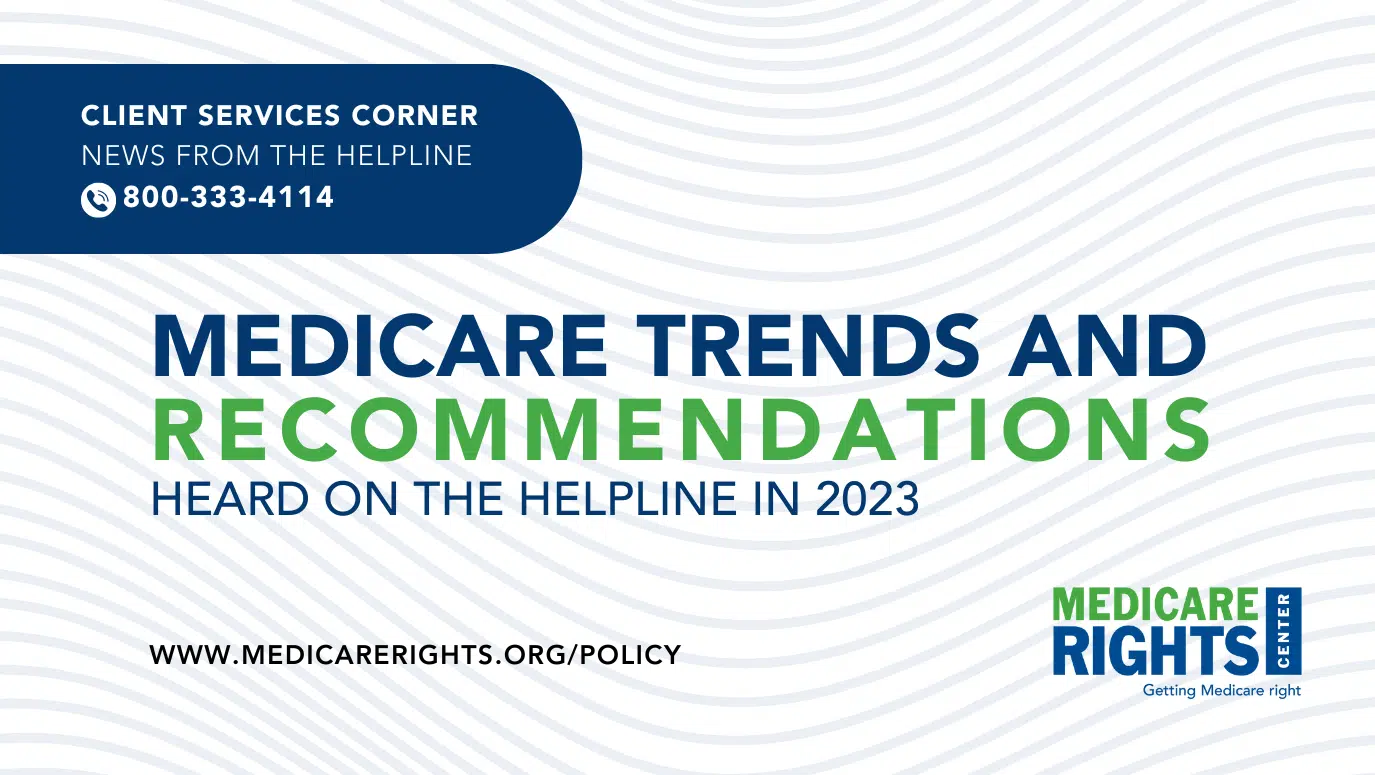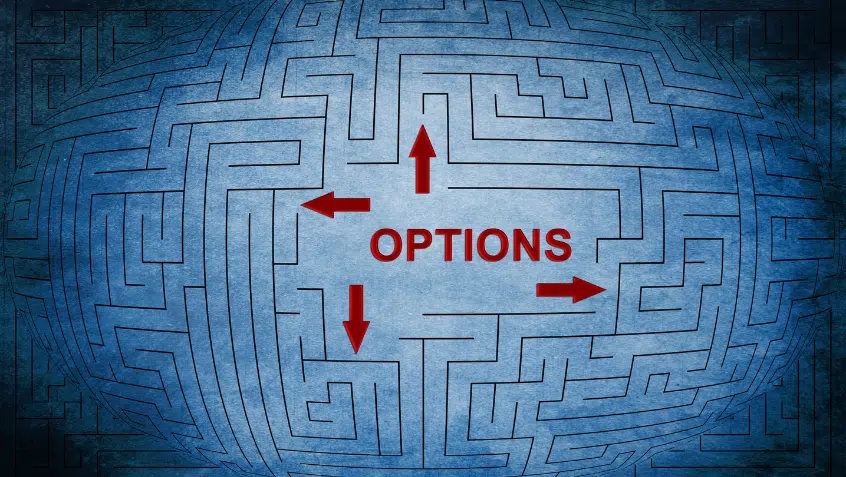
Proposed Rule Would Improve Medicare Advantage Prior Authorization and Transparency
This week, Medicare Rights submitted comments in response to the annual Medicare Advantage (MA) and Part D proposed rule for
Join Us Live for a Discussion on Medicare, Democracy, and the Future of Health Care
People who choose Medicare Advantage (MA) face additional hurdles during the initial enrollment and annual plan selection processes. The MA plan choice landscape is cluttered, complicated, and confusing. Other MA features, like prior authorization, narrow provider networks, and predatory plan marketing, can worsen decision-making and access problems. It is also expensive. MA costs more, both overall and per enrollee, than Original Medicare. This drives up spending for the program, beneficiaries, and taxpayers; though little is known about how plans are using these dollars, or about overall plan quality. As MA enrollment grows, addressing its financing flaws and programmatic pitfalls becomes ever-more important. We support comprehensive reforms to ensure all beneficiaries can rely on their earned Medicare coverage.

This week, Medicare Rights submitted comments in response to the annual Medicare Advantage (MA) and Part D proposed rule for
A comprehensive commentary by the Medicare Rights Center on the Centers for Medicare & Medicaid Services (CMS) proposed rule for Contract Year 2026 (CMS–4208–P). The document outlines feedback and recommendations on changes to the Medicare Advantage Program, Medicare Prescription Drug Benefit Program, and related policies. Topics include consumer protections, health equity, benefit transparency, drug affordability, and the integration of AI in healthcare services. This submission emphasizes safeguarding beneficiary access to affordable, equitable, and transparent healthcare.

This week, the Medicare Rights Center released our annual helpline trends report, Medicare Trends and Recommendations: An Analysis of 2023 Call
New York, NY—The Medicare Rights Center (Medicare Rights) released its annual helpline trends report, Medicare Trends and Recommendations: An Analysis of

As 2024 winds down, our sights turn to 2025, which will see a new Congress and administration. Amid these shifts

Medicare’s annual Fall Open Enrollment (FOE) period runs from October 15 to December 7. It is the time of year when people

When the Centers for Medicare & Medicaid Services (CMS) pays Medicare Advantage (MA) organizations, they increase the payments when plans

This month, Families USA hosted an important webinar on Medicare Advantage (MA) issues, including overpayment, marketing abuses, and delays caused

Key components of the Inflation Reduction Act’s Part D reforms will be fully implemented for plans offered in 2025. These

The Medicare Rights Center’s policy series, Medicare Advantage 101, covers the history of and issues within Medicare Advantage (MA), including overpayments to

This week, Medicare Rights submitted comments in response to the annual Medicare Advantage (MA) and Part D proposed rule for
A comprehensive commentary by the Medicare Rights Center on the Centers for Medicare & Medicaid Services (CMS) proposed rule for Contract Year 2026 (CMS–4208–P). The document outlines feedback and recommendations on changes to the Medicare Advantage Program, Medicare Prescription Drug Benefit Program, and related policies. Topics include consumer protections, health equity, benefit transparency, drug affordability, and the integration of AI in healthcare services. This submission emphasizes safeguarding beneficiary access to affordable, equitable, and transparent healthcare.

This week, the Medicare Rights Center released our annual helpline trends report, Medicare Trends and Recommendations: An Analysis of 2023 Call
New York, NY—The Medicare Rights Center (Medicare Rights) released its annual helpline trends report, Medicare Trends and Recommendations: An Analysis of

As 2024 winds down, our sights turn to 2025, which will see a new Congress and administration. Amid these shifts

Medicare’s annual Fall Open Enrollment (FOE) period runs from October 15 to December 7. It is the time of year when people

When the Centers for Medicare & Medicaid Services (CMS) pays Medicare Advantage (MA) organizations, they increase the payments when plans

This month, Families USA hosted an important webinar on Medicare Advantage (MA) issues, including overpayment, marketing abuses, and delays caused

Key components of the Inflation Reduction Act’s Part D reforms will be fully implemented for plans offered in 2025. These

The Medicare Rights Center’s policy series, Medicare Advantage 101, covers the history of and issues within Medicare Advantage (MA), including overpayments to